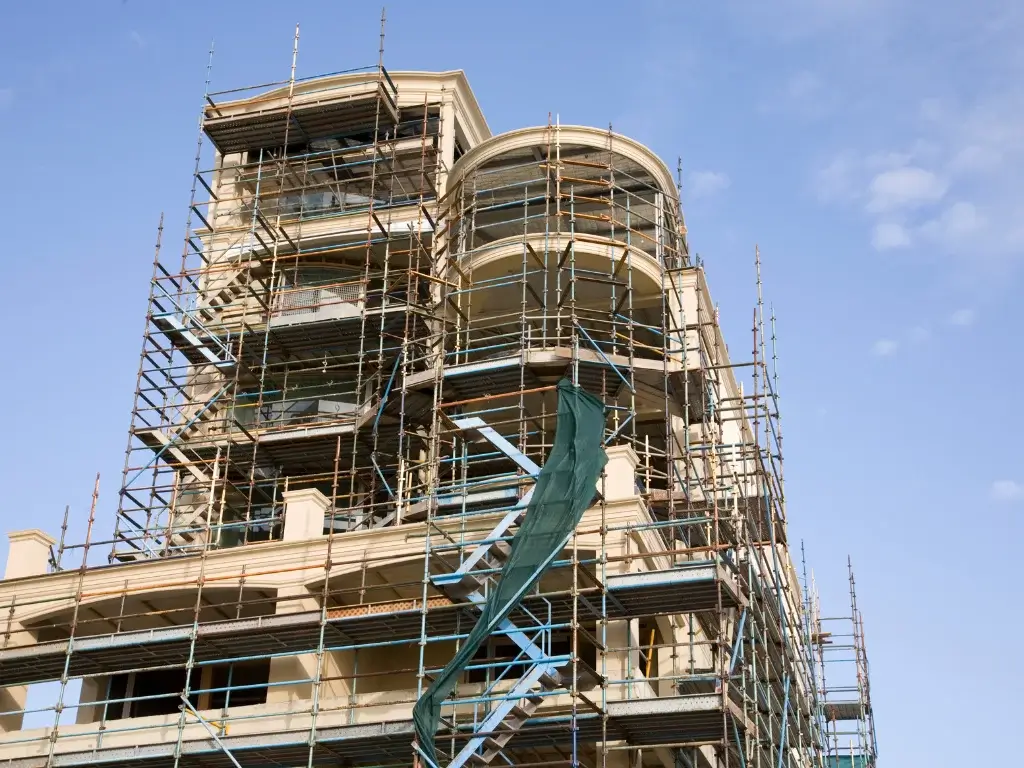In the realm of construction, the success of any project hinges significantly on the robustness of its planning phase. Construction project management stands as the backbone of any construction project, bridging the gap between conceptual design and physical reality. A comprehensive project plan is not just a document; it’s a roadmap that guides the entire project from start to finish, ensuring that objectives are met efficiently and effectively.
The core components of a project plan in construction project management include scope, timelines, budgets, and resources. Each of these elements plays a pivotal role:
- Scope defines what the project is about, outlining the objectives, deliverables, and boundaries.
- Timelines provide a schedule for when tasks and milestones should be completed.
- Budgets ensure that the project is financially viable and costs are controlled.
- Resources involve the allocation of human, material, and equipment needs.
Steps for Creating a Comprehensive Project Plan

-
Defining the Project Scope
- The first step in construction project management involves identifying the project’s objectives, deliverables, and boundaries. This phase sets the foundation for all subsequent planning activities.
- Techniques for scope definition and documentation include stakeholder interviews, requirement gathering sessions, and review of project documentation. This ensures that the project scope is clearly understood and agreed upon by all parties involved.
-
Establishing Timelines and Milestones
- Setting realistic timelines and key milestones is crucial for keeping the project on track. This involves breaking down the project into manageable tasks and assigning deadlines for each.
- Various tools and techniques, such as Gantt charts and critical path analysis, are used for effective time management. These tools help visualize the project timeline and identify any potential scheduling conflicts.
-
Budgeting for Construction Projects
- Accurately estimating costs and setting a project budget is essential to ensure the financial feasibility of the project. This step involves calculating the costs of materials, labor, equipment, and any other expenses related to the project.
- Strategies for budget allocation and cost control include value engineering, cost-benefit analysis, and regular budget reviews. These strategies help prevent cost overruns and ensure the project stays within the allocated budget.
-
Resource Planning
- Successful construction project management requires careful planning of human, material, and equipment needs. This ensures that the right resources are available at the right time and place.
- Resource allocation and optimization involve scheduling labor and equipment use, procuring materials, and ensuring resources are used efficiently. Techniques such as resource leveling and allocation software can aid in this process.
Construction Scheduling Techniques

Critical Path Method (CPM)
The Critical Path Method (CPM) stands as a cornerstone in the realm of construction scheduling techniques. It identifies the longest sequence of dependent tasks and measures the time required to complete them, determining the project’s minimum completion time. This method allows project managers to visualize the essential tasks that directly impact the project timeline.
Benefits of using CPM in construction projects include:
- Enhanced Visibility: CPM provides a clear overview of all tasks and their dependencies, enabling more informed decision-making.
- Optimized Resource Allocation: By identifying critical tasks, managers can allocate resources more effectively, ensuring that vital project phases are not delayed.
- Improved Risk Management: CPM helps in identifying potential bottlenecks and developing contingency plans, thereby reducing project risks.
Gantt Charts
Gantt charts offer a visual representation of the project timeline, displaying tasks along a horizontal bar chart. This tool is invaluable for illustrating the start and end dates of individual tasks, their duration, and how they overlap and link with other tasks.
Advantages of Gantt charts include:
- Clear Communication: Gantt charts facilitate easy communication of the project schedule to team members and stakeholders.
- Progress Tracking: They allow for real-time tracking of project progress against the planned schedule, enabling timely adjustments.
- Resource Management: By visualizing task durations and overlaps, Gantt charts aid in the effective management of resources and workload distribution.
Other Scheduling Tools and Techniques
Beyond CPM and Gantt charts, various other tools and techniques are utilized in construction project management, including:
- Kanban Boards: These tools offer a visual way to manage tasks and workflows, promoting agility and flexibility in handling project tasks.
- Software Applications: Modern project management software integrates various scheduling tools, offering dynamic and interactive ways to manage construction projects.
Choosing the right scheduling tool depends on the project’s complexity, team size, and specific management needs.
Integrating Project Plans with Scheduling Techniques

To maximize project success, it’s crucial to align project plans with construction schedules. This integration ensures that all project aspects, from resource allocation to milestone achievement, are coordinated and monitored effectively.
Strategies for integration include:
- Data Synchronization: Utilizing software that allows for real-time data updates ensures that changes in the project plan are immediately reflected in the schedule.
- Collaborative Planning: Engaging all project stakeholders in the scheduling process promotes alignment and commitment to the project timeline.
- Technology Utilization: Leveraging technological solutions, such as cloud-based project management platforms, facilitates the seamless integration of planning and scheduling.
Monitoring and Adjusting the Project Plan

Techniques for Monitoring Project Progress:
Monitoring project progress is pivotal for ensuring that a construction project stays on track. Techniques include:
- Regular Status Meetings: Scheduled meetings with the project team to review progress, discuss issues, and align on next steps.
- Performance Metrics: Utilizing key performance indicators (KPIs) to quantitatively measure progress against the project plan.
- Software Tools: Implementing project management software that offers real-time tracking of tasks, resource allocation, and budget expenditures.
Steps for Making Adjustments to the Project Plan and Schedule:
- Identify Deviations: Regularly compare actual project performance against the plan to identify variances early.
- Analyze Impact: Assess the impact of any deviations on the overall project scope, budget, and timeline.
- Develop Adjustment Strategies: Depending on the deviation’s impact, develop strategies for realignment, which may include resource reallocation, timeline adjustments, or scope changes.
- Implement Changes: Apply the necessary adjustments to the project plan and communicate these changes to all stakeholders.
- Document Adjustments: Maintain a log of all changes and their impacts for future reference and continuous learning.
Conclusion
The meticulous process of planning and scheduling forms the backbone of successful construction project management. It not only lays a clear roadmap for project execution but also provides a framework for monitoring progress and making informed adjustments. As the construction industry continues to evolve, embracing ongoing learning and the adaptation of new tools and methodologies becomes crucial. Project managers who are committed to continuous improvement and who leverage the latest in technology and best practices are well-positioned to lead their projects to successful completions. Encouraging a culture of adaptability and proactive management can significantly enhance the effectiveness of construction projects, ensuring they meet their objectives on time, within budget, and to the desired quality standards.




